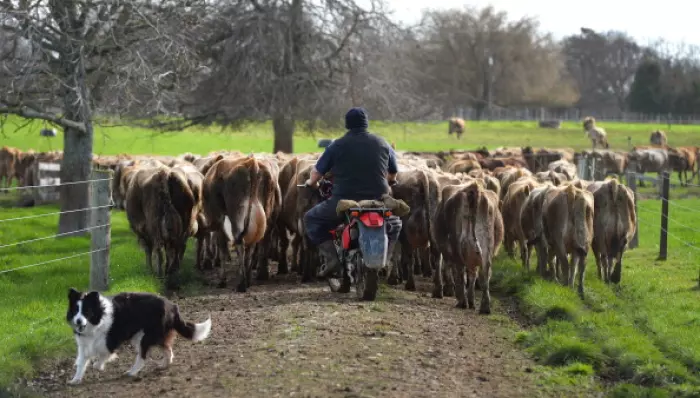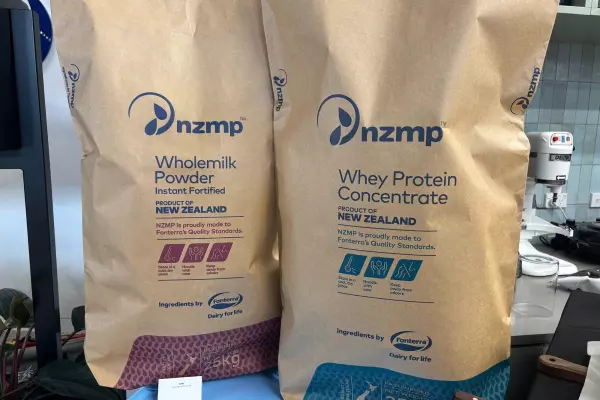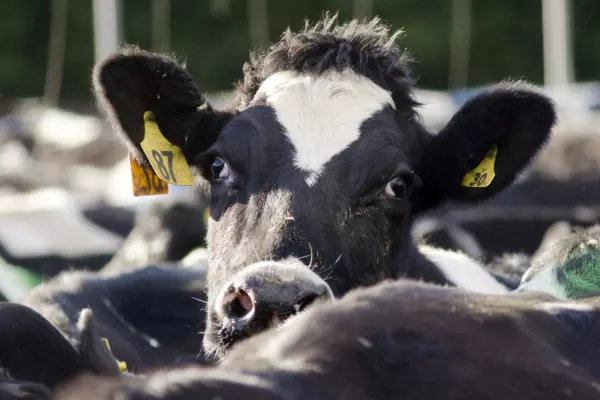What’s happening? Fonterra’s annual meeting is on today in Invercargill and will be followed by a special meeting to vote on the co-operative’s capital proposal.
Why? The co-operative says a new capital structure is needed to ensure milk supply and farmer ownership and control.
What’s the deal? The latest version of the proposal caps the size of the NZX-listed Fonterra Shareholders’ Fund at 10% and sets a new minimum shareholder (farmer) requirement of one share per three kilograms of milk solids produced, down from the current one-for-one requirement. It needs government support to amend the Dairy Industry Restructuring Act (DIRA).
Will it go through? Agriculture minister Damien O’Connor has said he won’t support the proposal as it stands but chair Peter McBride has said he’s confident of securing government sign-off, and rallying farmer support.
The background: Fonterra kicked off consultation about the proposal in May when it warned New Zealand’s future milk supply is likely to decline – or be flat, at best.
Fonterra said in a representative survey of its farmers, 30% said they had seriously considered leaving to join a competitor processor in the last two years or so.
McBride has said in the past farmers leave for different reasons, but one of the most influential is the high level of compulsory investment that’s required.
“A capital structure with flexible shareholding would help to level the playing field with competitors, many of whom are foreign-backed and don’t require farmers to invest capital,” he says.
Now farmers have a 1:1 standard. For every kilogram of milk solids they produce, they need one share, and for every 1,000 kgMS backed by those shares they get one vote.
Under the revamped proposal, the minimum shareholding will now be set at 33% or one share per every three kgMS, making it less onerous for buy-in. Voting rights stay linked to the 1,000 kgMS level.
Entry provisions would also be eased, giving new suppliers a lower capital obligation to join. Exit provisions would be extended to allow people more choice about retaining the investment.
The revamped proposal would also allow more types of farmers to buy shares, such as sharemilkers, contract milkers and farm lessors.
Critically, this increases the number of potential participants in the farmer-only market by about 4,000, to support liquidity of the shares. That's been hindered by the freeze on the Fonterra Shareholders' Fund, which gave outside investors exposure to the co-op's earnings stream and helped set the price for the co-operative's shares.
Liquidity has been top of mind for farmers, who have seen their share value tumble and have voiced concerns that an illiquid market would only add to the pressure.
Fonterra farmer shares trade in a farmer-only market, while the Fonterra Shareholders Fund has units, which have no voting rights.
What are the drawbacks, if any? BusinessDesk’s Jenny Ruth’s series of articles are a good place to start but a lot of the ire has been about the long-suffering Fonterra Shareholders' Fund investors.
Fonterra's plan will leave farmers with stranded assets | BusinessDesk
Fonterra directors expected the share and unit prices to fall | BusinessDesk
Fonterra executives' pay rises as they destroy wealth | BusinessDesk
Why Fonterra is going to screw fund investors | BusinessDesk
The vote: The proposal needs 75% support to pass. The meeting will be both in-person and virtual, but electronic voting has been under way since Nov 18.












